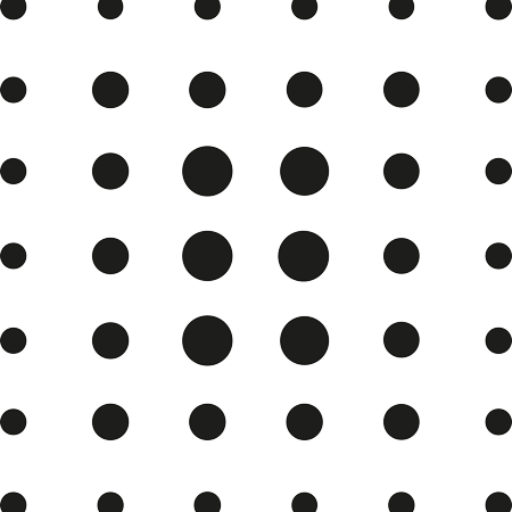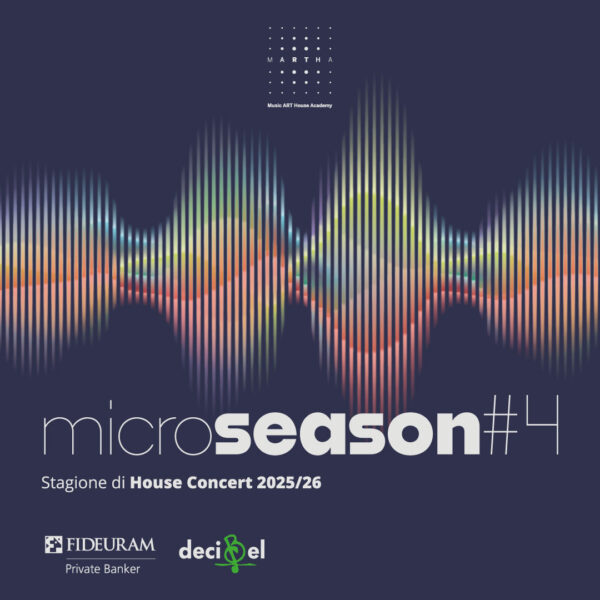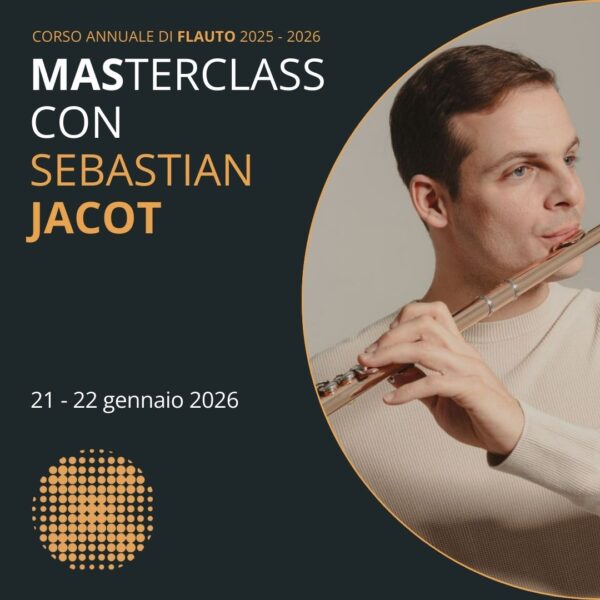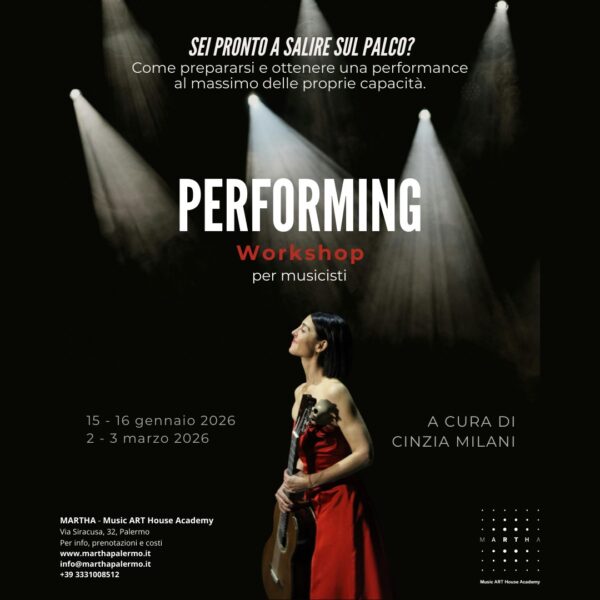Nature Mind
Nature Mind
Humans are not nature’s darlings. We are but one of the innumerable species over which nature indiscriminately exerts her force.
What is written in the great book of nature we can only perceive obscurely. (1)
Sunny afternoons, friends, games and trips that become little stories. The images that make them up are like fleeting appearances and gusts of wind. All around, everywhere, there is the insistent presence of the plant world: ferns, ramifications, organic textures that expand in silence, marking margins, openings, passages.
Plants inhabit every place: they look out from windowsills, gather in pots, climb balconies, stand on thresholds between rooms. Sometimes they emerge in full light, others hide at the edges of the frame, immersed in shadow or night, or appear embroidered on fabrics, like traces of a necessary language because plants, like drawings “coincide with the forms they invent.” (2)
They are always there: on the border between spaces, between the visible and the imagined, between matter and its potential becoming. Plant forms are thus revealed to be not mere comprimarios, but tangible signs of a deep connection between bodies, places and memories, presences that tell of life as a continuous interweaving of relationships: “They have no hands to handle the world, yet it would be difficult to find artists more skilled in the construction of forms. Plants are not only the finest makers of our cosmos, but also the species that have opened the world of forms to life, the form of life that has made the world the seat of infinite figurability.” (3)
Men, too, in the dressing ritual that precedes the drawing, are called upon to create a correlation between the becoming of thought and the becoming of form. Clelia’s clothes, often floral, are made to wear in a true performative act involving makeup and a gender-bender shoot. Clelia’s friends thus enter the infinite figurability of the plants that surround them. Subtracted from the becoming to which they are held by their masculine configuration, Clelia’s friends, wearing the feminine and earthy disguise, have only to be and show themselves. (4)
In the very drawing that records the transformation that has taken place, the organic time of nature becomes creative orientation. The drawing returns to itself in a circular motion, immersed in the dimension in which the visual and mental fields coincide. “I chose to let myself be led by these movements, to abandon the centrality of the authorial gesture in order to enter into dialogue with a broader, shared, impersonal dimension” (Clelia Catalano).
Vito Chiaramonte
(1) CAMILLE STRAW, Sexual personae. Art and Decadence from Nefertiti to Emily Dickinson, Einaudi, Turin 1993, p. 3.
(2) EMANUELE COCCIA, Plant Life. Metaphysics of Mixture, Il Mulino, Bologna 2018.
(3) Ibid, at the beginning of the chapter Plants, or the Life of the Mind
(4) CAMILLE PAGLIA, Sexual personae. Art and Decadence from Nefertiti to Emily Dickinson, Einaudi, Turin 1993, p. 14.
Mind Nature
Observing and listening to the other often exposes us to bareness, to silence before ourselves. To fill the fullness of our silence we seek an escape, a solution that contrasts this fullness with our presence. The fullness of silence in which we find ourselves when we are in relationship with the other leads us to participate actively in the first person and in a solitary way through a gesture, first mental and then physical and later physical and mental simultaneously.
This can also happen to us in situations of excessive concentration in something we have to perform, carry on and to completion.
On these occasions, we feel the need to distract ourselves, to isolate ourselves in a space of our own within the larger space that surrounds us, carving out a place that belongs only to us, not conditioned by the flow of biological time, indeed by inverse creating a kind of suspended time, in which the mental and physical gesture, spontaneous, is the only engine that leads us to continue this escape-solution within and outside of us. An escape in which the roads we travel are made of simple elements, lines, curves, diagonals, which then become geometries or in any case compositions of signs, of forms. First-rate role in this resolving escape is played by the repetition of the gesture, and thus by a ritual, constant and sometimes hypnotic movement.
Clelia Catalano’s works in the exhibition spring from this creative process, spontaneous and repetitive, ritual and hypnotic. The two words that make up the title encapsulate multiple associations that revolve around the theme of man’s relationship with the environment and nature.
The stimuli that lead the artist to the realization of the works are to be traced back to her current present, travels, friends, familiar extra-urban places such as the Testa dell’Acqua house in Noto, which Clelia Catalano shapes and reinterprets to her own delight and according to what she feels most akin to and conducive to her resolute escape. The complex of her gestures led her into a world as delicate and fragile, as precious and intimate as the attributes that connote it and that she recalls in her drawings. In another vein, her training and experience in the field of illustration and costume are constantly called upon to emerge: the sheet of paper, the Indian ink pen, the freehand drawing (and sketch), the pins, the planning of the whole (Wind) and of the frames that compose it, the interiors and disguises (Portraits) to culminate in the fulcrum work of Tapestry.
Martina Martire

Free admission
For more information write to info@marthapalermo.it or on WhatsApp at +39 333 100 8512

-
House concert
Giovanni Sollima – Suspended Quintet
-
House concert
Microseason#4
-
Masterclass
Masterclass with Sebastian Jacot
-
Workshop
PERFORMING





